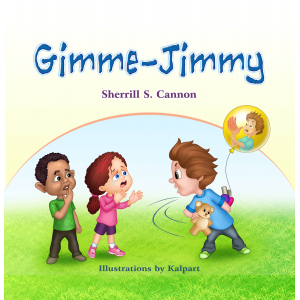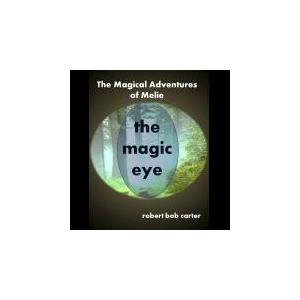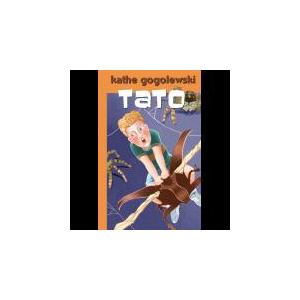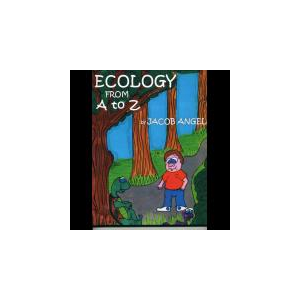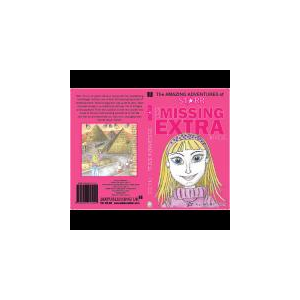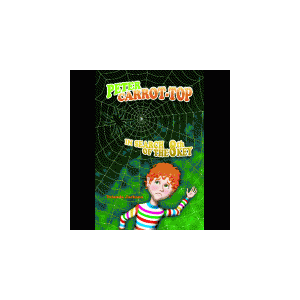Letters to Juniper is a gripping account of life inside a Separatist compound during an FBI standoff, from a 12-year old girl’s perspective. Sarah Smith remembers when she was six years old her mother died and she moved to northern Idaho with her brother and father. Their lives changed drastically. The only vivid memory she has of her early childhood is her best friend Juniper Holland. In her letters to Juniper, Sarah reveals her innermost thoughts and feelings about her reclusive life with three younger brothers under the rigid oppression of her father and stepmother who call themselves Separatists. Their lives are turned upside down by an FBI investigation into her father’s association with members of the Aryan Nation. As the tension and violence escalate, Sarah faces life and death decisions in order to survive.
The Story Behind This Book
The ideas for my novels always come to me in the voice of the main character. “Letters to Juniper” was no different. During the 90s, I was as horrified as everyone else at news stories about the Montana Freemen, Ruby Ridge, and the Waco Siege. In all three cases, children were living inside the compounds during the standoff. I asked the question: “What would it be like to be a child, yet old enough to be aware of what was happening?” Not long after, Sarah came to me and told me her story in the form of letters, like a diary. Wouldn’t it be swell if the act of writing simply involved taking dictation from the voices in our heads? Creating a character requires more than voices. The character must become flesh and blood. I had to unlock the mystery. Who was Sarah Smith? The news stories were all about what happened after the FBI showed up. Lots of footage of reporters and agents standing around with video cameras trained on buildings. Okay, so Sarah’s home was surrounded by federal agents. How did she feel about that? What was her true conflict? I needed to know what was going on inside those buildings, which meant I had to peer into an alternate universe of Aryan Nations inhabited by skinheads, white supremacists, Separatists, and neo-Nazis. I visited some of the groups’ websites but they were packed with propaganda and hate speech. They were also pretty sophisticated. While I was poking around at one of the sites – I won’t say which one – an angry red message box popped up on my screen: “WARNING!” The message said something about me not being a registered user. I don’t remember the exact words. I closed my browser. Then someone sent me an email asking why I was looking at the website, which totally creeped me out. I couldn’t figure out how they knew my email address. During my initial research I read about a writer who had become acquainted with a group of neo-Nazis in the Chicago area so he could get interviews for a story. Then he disappeared. I decided one-on-one contact was a really bad idea. I didn’t respond to the email. Instead I looked in a different direction. I spent hours and hours at the library digging through the periodicals section. I found several accounts in magazines and books by attorneys, law enforcement agents, and journalists, all of whom had witnessed life inside isolated, extremists’ compounds. Many of their stories provided details about the leaders’ use of rigid beliefs and oppressive rituals to control others, especially women and children. I had found Sarah’s conflict. That search led me to interviews with women who had left extremists compounds with their children, some of them refugees of the Branch Davidian ranch in Waco. Their confessions offered a glimpse into the emotional impact on the children. I also gleaned background information which helped me understand how the women and children ended up in those situations. From their stories I constructed a bio for Sarah Smith. At the same time I discovered a key element to her past that surprised me, and will certainly surprise readers. The more I researched, the more I understood Sarah. When creating a character I definitely use character sketches, bios, and interviews. But for me, research is a passion. Through my research process, the characters show me who they are. They come to life.

